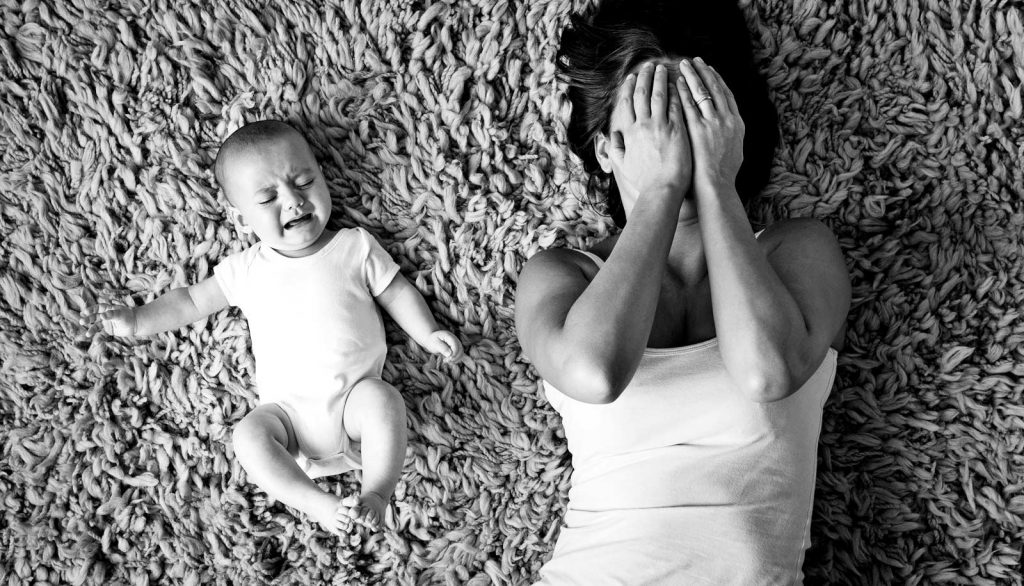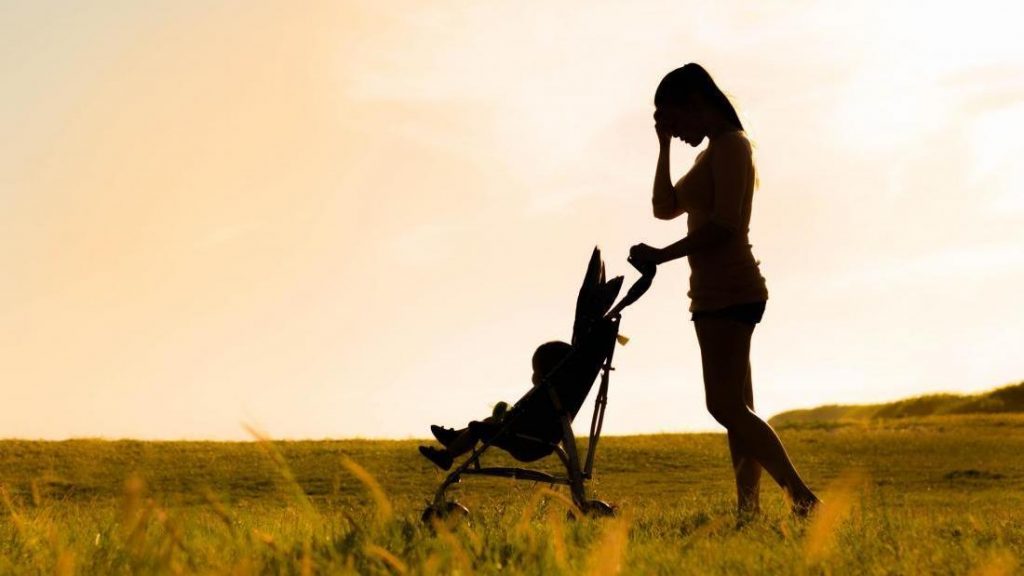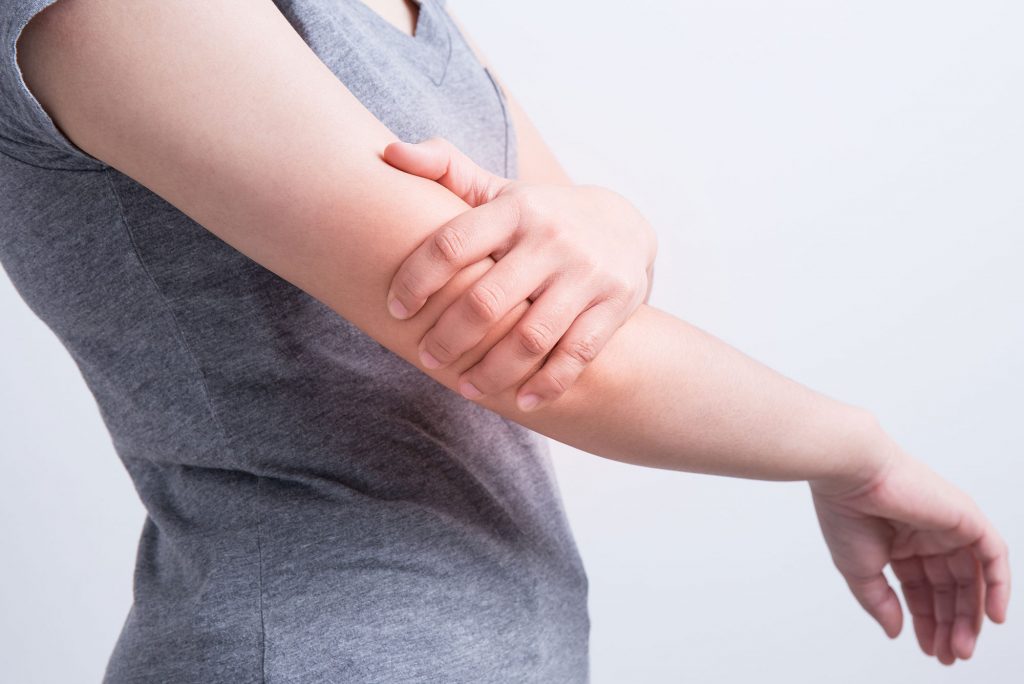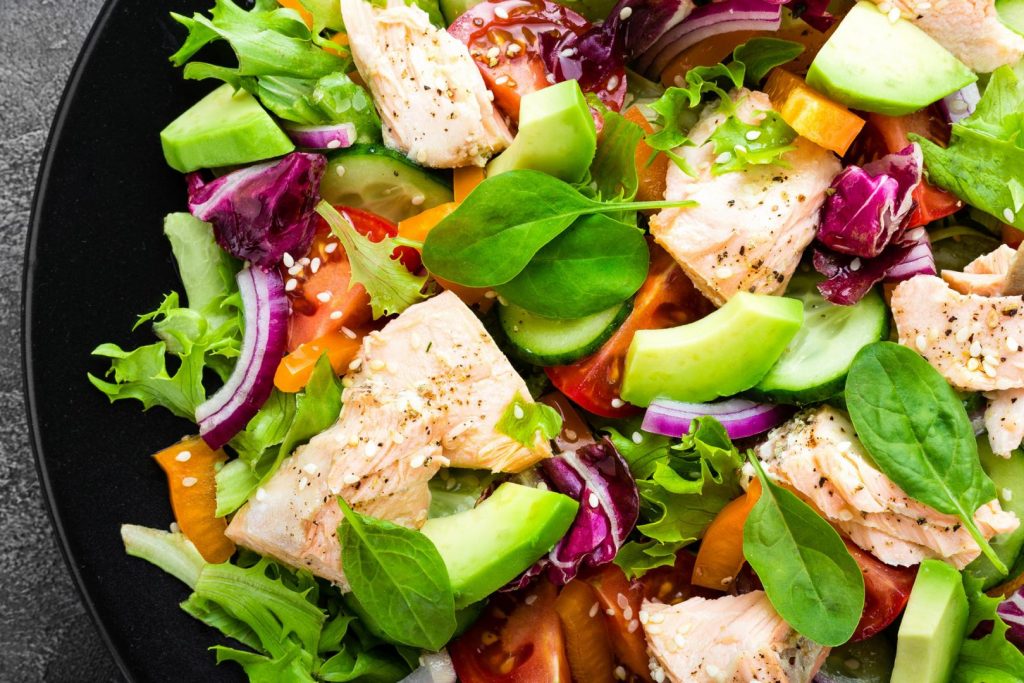Reasons to Try Rock Climbing
Posted by Editor in Athletics, Self-Improvement on Jul 18th, 2020 | Comments Off on Reasons to Try Rock ClimbingFor those who don’t already know, there actually are a number of indoor rock climbing facilities around Singapore! Rock climbing is a physical activity that some do for recreation and others for health benefits and exercise. It’s a great workout for the whole body but it does have some notable pros and cons. So, let’s get started!
If you’re eager to try rock climbing but still have a few reservations, knowing a few pros and cons may help you decide to just give it a try.

Pro: You get to meet new people
Whether it’s outdoor rock climbing or in an indoor facility, you can get behind the community element of this activity. No matter if you’re a complete beginner or a seasoned climber, you’ll get to interact with many individuals who also enjoy rock climbing. Being a beginner in an indoor facility, for example, many instructors will be very eager to teach and help you enjoy.

Pro: It’s a great full-body workout
One of the biggest pros of rock climbing has something to do with the physical aspect of it. When you climb, much of your success will be dictated by not relying only on your upper body, but your core and lower body as well. It’s a test of muscular strength and endurance, stamina, and flexibility! Rock climbing also actually helps train your mental and emotional fortitude as well! Since, to be honest, not being able to find the right spots to propel yourself upwards can be a bit frustrating.

Pro: Helps one practice mindfulness
One of the very first things you realize on your first climb is that focus is absolutely important. Even when you’ve gone on multiple climbs, whether indoor or outdoor, staying in the moment and being aware of the present is one of the keys to a successful climb. This is why rock climbing is considered by some as a great stress-reliever. They get to exercise and forget the problems even for just an hour.

Con: Can be time-consuming and physically demanding
There’s really no glaring cons to rock climbing but one thing that some might have to consider is the time. For one, you really have to dedicate your time during each session. Not only that, if you’re planning to be more competitive and competent, you have to invest more hours in your day for it too. Of course, to some, this would not be a problem at all.
It’s also important to remember that there’s always a risk of fall or injury, no matter if it’s indoor or outdoor. Given that rock climbing is an intense physical activity, there’s always that risk. Even then, it’s not really something to fuss over, especially if you have instructors and professionals around you.
Dealing with Postpartum Depression
Posted by Editor in Pregnancy and Motherhood on Jul 18th, 2020 | Comments Off on Dealing with Postpartum DepressionPostpartum depression makes motherhood difficult for a lot of women. Others are lucky enough that it goes away after a while, but it can be a burden if there is no support from loved ones and proper care for the mother and baby. There are no concrete numbers that can tell us how prevalent the condition is among women is Singapore, partly because it carries a stigma.
How do you know if you have postpartum depression and what can you do about it?

Signs and Symptoms
First of all, it is not your fault that you have the condition. A combination of factors like changes in hormones, sleep deprivation, stress and fatigue, isolation, and even financial and family problems can affect you. It also does not mean that you are a bad person. Postpartum blues will usually go away within two weeks, but postpartum depression is longer lasting.

If you recognize the following signs and symptoms, you may have postpartum depression:
- Withdrawal from your partner
- Inability to bond with your baby
- Anxiety
- Sleep and eating problems
- Feelings of worthlessness and guilt
- Irritability and mood swings
- Sadness and crying
In rare cases, some may experience postpartum psychosis which is the loss of contact with reality. It puts both the baby and the mother at risk of getting injured. Psychosis is characterized by delusions, hallucinations, extreme anxiety, confusion, inability to sleep, suicidal thoughts, and thoughts of harming the baby. Postpartum psychosis requires an emergency hospitalization.

Risk Factors
Some women are more likely to suffer from postpartum depression that others. There are a combination of factors that can elevate that risk such as the following: insecurity or uneasiness about the physical changes, hormonal changes like the drop is estrogen and progesterone, changes in the thyroid levels which can cause fatigue, physical changes like blood pressure and metabolism, and the overall stress of the changes happening in your life.
If you have a history of depression or mood disorders before pregnancy or if your family has the history or depression, you are at risk. A woman who is also abused, financially insecure, and severely stressed can be a victim of postpartum depression.

Coping with Postpartum Depression
There are a lot of things you can do to combat the symptoms of postpartum depression. It must also be accompanied with treatment recommended by your doctor and the full support of your partner and your loved ones.
- Exercise regularly. Adding exercise to your daily routine may mean more stress, but it can be a good way of releasing tension.
- Eat healthy. Avoid binging on comfort food to make yourself feel better. Stick to a healthy meal plan. If you are having a hard time preparing meals, ask your spouse to help.
- Take care of yourself. You should have some time for yourself alone. You do not have to be there for your baby 24/7. Let your family members or your spouse take over occasionally so you can rest, get sleep, or do something fun.
Introduction to the Different Anime Genres
Posted by Editor in Entertainment on Jan 28th, 2020 | Comments Off on Introduction to the Different Anime GenresAnime is not just cartoons for kids. In fact, most of its dedicated fanbase are made up of adults, not small children. Sure, there are titles made for a younger audience, but anime in general too big and complicated to be summed up as just moving pictures for the young at heart.

Below is an overview of the genres of anime. Some subgenres are also listed here because they have been redefined over the years.
Slice of Life – This depicts what goes on in everyday life without magic or any superhero ability. One example is Hyouka.
Romance – Perhaps the most popular general category in anime, including its subgenres. This is all about love and friendship. Examples are Fruits Basket and Special A.
Horror – There are several subgenres under this but anything that involves ghosts, gods, monsters, and the supernatural are categorized under horror. Examples are Shiki, Mononoke, and Ghost Hunt.

Action – Series that fall under this category have intense battles scenes and a fast-paced story. Example is Fullmetal Alchemist Brotherhood.
Adventure – This lead character/s usually has a task that involves traveling to certain places to reach a specific goal. One example is One Piece.
Game – The series is based on a video game. The best example is one of the longest-running series, Pokemon.
Harem and Reverse Harem – Harem means that a lead male character is supported primarily by female characters vying for his affection. An example is High School DxD. Reverse harem is the opposite. One example is Kamigami no Asobi.

Josei – This genre’s target audience are adult females with more grounded themes. Examples are Chihayafuru, Sakamichi no Apollon, and No.6.
Seinen – The target audience for this genre are adult males with more mature themes. Examples are Monster and Berserk.
Historical – Historical anime might be based on one historical event, figure, or period. Examples are Kingdom, Samurai Champloo, and Golden Kamuy.

Mecha – It is the term for robots or mechanical units. They sometimes explore themes of the effects of technology on society. Examples are Mobile Suit Gundam Wing, Neon Genesis Evangelion, and Gurren Lagann.
Music – The series focuses either on singing, playing musical instruments, or dancing. Examples are Nodame Cantabile and Uta no Prince Sama.

Shoujo – The target audience for this genre are young adult females, with stories focusing mostly on growth, friendship, and romance. One example is Bishoujo Senshi Sailor Moon.
Shounen – The series under this category are mostly for young adult males, but the genre has tons of fans from all age groups. Examples are Naruto, One Piece, and My Hero Academia.
Shoujo-ai and Shounen-ai – Some series feature same-sex couples, but the scenes are not as explicit as hentai, yuri, and yaoi. Examples are Citrus and Sekaiichi Hatsukoi.
Sports – Almost all types of sports have been covered by anime and manga. Best examples are Prince of Tennis, Haikyuu!!, Kuroko no Basket, and Ace of Diamond.
Science Fiction – Anything that showcases technology, space, aliens, and the use of scientific principles can be categorized under this. Examples are Psycho-Pass, Parasyte: The Maxim, and Planetes.
Hentai, Yuri, and Yaoi – These are materials for more mature audience. Hentai depicts nudity and explicit content.
What is an Embolism?
Posted by Editor in Health and Wellness, Health Watch, Lifestyle on Jan 28th, 2020 | Comments Off on What is an Embolism?Embolism is an uncommon word for most people, but it’s not an uncommon occurrence, especially among people with cardiovascular diseases. Basically, embolism is when your internal organs get starved of oxygen. To avoid this from happening, you need to know what causes it in the first place.

Overview
To understand the condition, let’s look at some terms related to the condition:
- Embolus is a particle in the blood vessels that are made up of clotted blood cells.
- Thrombus is another term for blood clot, while thromboembolus is a name for the blood clot that is moving in the blood vessels.
- Ischemia is the term for the oxygen starvation of the cells.
- Embolism is the result of ischemia and is characterized by the death of the cells.
Causes and Risks
Although embolism can be caused by a foreign material in the blood, such as gas/bubbles or fat globule, most blockages in the blood vessels are caused by a blood clot. Certain conditions increase your risk of embolism, including pregnancy, obesity, cancer, and heart disease.
Those with high cholesterol levels for example, have narrower arteries due to the build-up of plaque. If part of the build-up breaks up, the piece can lodge in the blood vessels and prevent proper blood circulation.

Symptoms of Embolism
Pulmonary embolism can cause the following: sharp back or chest pain, lightheadedness, bloody sputum, rapid breathing, shortness of breath, and coughing. Deep vein thrombosis can cause pain or tenderness in one leg, reddish skin, warm skin on the affected area, and swelling.
Stroke causes arm weakness or numbness, drooping face, and slurred speech. All of these are considered an emergency, so if you have a heart disease, make sure to get proper treatment to avoid embolism.
Types of Embolism
There are at least seven types of embolism you should be aware of.
- Brain embolism is caused by the blood clot in the brain and is also another name for stroke
- Pulmonary embolism is the formation of an embolus in the leg and is also another name for deep vein thrombosis
- Septic embolism is the blocking of the blood vessels due to the infection in the bloodstream
- Retinal embolism affects the back of the eye that can lead to sudden blindness
- Fat embolism is the blockage of the blood vessels due to the introduction of bone marrow particles or fat into the blood
- Amniotic embolism is the blockage of the mother’s lungs due to the amniotic fluid that surrounds the fetus
- Air embolism is caused by the bubbles in the blood that blocks blood flow and is common among divers.
Treatment and Prevention

A healthy lifestyle prevents most condition that put you at risk of embolism. If you have symptoms of a cardiovascular disease, make sure to get a proper treatment through medication and a change of diet. Regular exercise will also help you reduce weight and keep you active.
Avoid sitting for long periods of time, too, as it prevents your calf muscles from contracting. Deep vein thrombosis can result from lack of movement even if you don’t have a heart disease. Divers can prevent air embolism by following proper guidelines and avoiding spending too much time underwater.
The Real Reasons Why We Crave Sugary and Salty Foods
Posted by Editor in Food, Health and Wellness on Dec 2nd, 2019 | Comments Off on The Real Reasons Why We Crave Sugary and Salty FoodsCravings are a common problem for many people all over the world, and while many people think that cravings are simply the body responding to lack in certain nutrients, this isn’t the case since they are often tied to unhealthy foods that are rich in salt or sugar.

So why do we experience cravings?
There are a few reasons why these might happen aside from any underlying medical issues:
Stress
Many people tend to crave certain foods for comfort to ease stress, but this comes at the cost of one’s overall health. In fact, this habit has been linked by many studies to even more cravings and weight gain.
Lack of sleep

People who lack or don’t get enough sleep tend to reach for sugary or salty foods to get a quick energy boost, but just like stress, this can result in weight gain as well as other health problems. Many factors can lead to a lack of sleep, such as sleep disorders or busy schedules, but a health professional can offer a clear diagnosis as well as a treatment plan that can help you get the rest you need.
Excessive sweating
Sodium levels decrease when a person sweats, but while any lost fluids can be replenished, you can begin to crave salt when you lose too much sodium along with your sweat. This is the case for those who work in hot environments or exercise a lot.

Boredom
Eating because of boredom is emotional behavior much like stress eating, so it’s helpful to look for certain hunger cues: loud stomach grumbling, and a desire to eat any food that only grows stronger with time. Another way to know if you’re really hungry is to ask yourself if you would like to drink a glass of water. If yes, there’s a good chance you’re just thirsty.
So how do you really keep your body well-nourished?

Keep in mind that the next time that you have cravings due to stress or boredom, having access to healthier options rather than your favorite comfort food is a must. Foods like trail snacks or fruits can not only keep you nourished when you’re stressed or exhausted, but even improve your quality of sleep.
Staying hydrated is another way to keep your cravings at bay. Energy drinks can provide your body with much-needed electrolytes that can keep you going for longer without the crash that many junk foods or sodas often bring.
However, this may not always be the case. If you can’t find the reason for your salt or sugar cravings, it’s always best to talk to your doctor as soon as possible.

